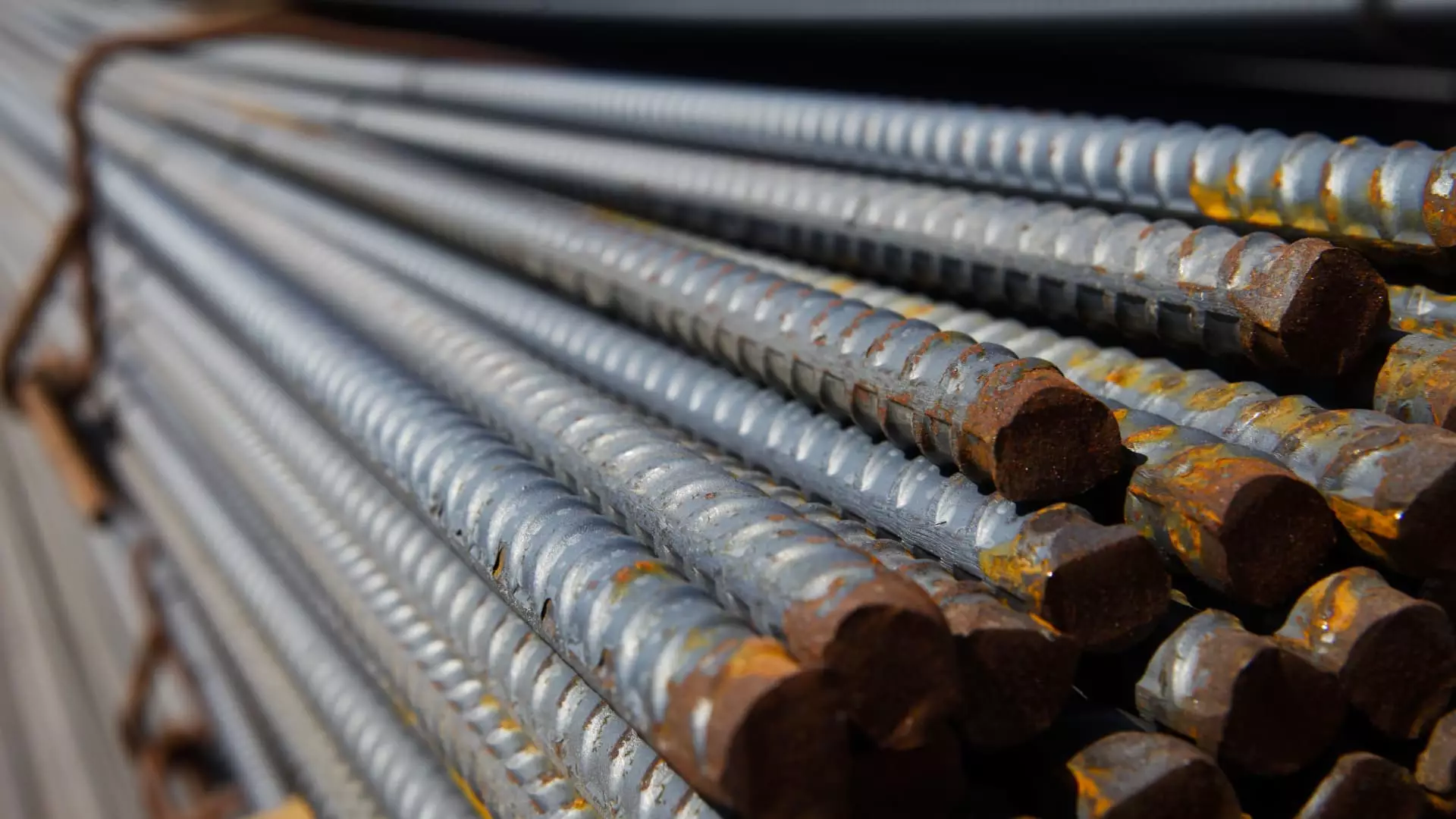Recent decisions regarding tariffs, particularly those implemented by President Donald Trump on steel imports, are stirring the pot for the U.S. steel industry. The U.S. government recently imposed a 25% tariff on imports from Mexico and Canada while also setting a 10% levy on Chinese imports. While these measures are heralded as beneficial for domestic steelmakers, experts in the financial sector caution that the long-term landscape isn’t as rosy as it seems. As complexities unfold, stakeholders must approach the situation with a strategic mindset.
In response to the announcement of the tariffs, stock markets exhibited volatility. Initially, the Dow Jones Industrial Average felt the sting, dropping about 100 points after an alarming plunge of 600 points at the day’s outset. The stocks of major steel manufacturers illustrated a mixed response; Nucor experienced a 2% uptick while U.S. Steel saw a modest increase of 1%. However, Steel Dynamics witnessed declines, showcasing the sector’s erratic nature amid new developments. Such fluctuations in stock performance underscore the unpredictable environment that steelmakers must navigate in the wake of policy changes.
The imposition of tariffs is anticipated to elevate the cost of foreign steel, making U.S.-made products more competitive. Many American steel producers believe this situation might enable them to elevate their prices and bolster production capabilities. Nucor’s CEO, Leon Topalian, highlighted a significant issue plaguing the industry: the challenge of illegal dumping. This refers to the practice of foreign countries selling products at prices that undercut both local prices and production costs, distorting the market and hindering U.S. manufacturers for years.
Topalian emphasized the consequences of foreign subsidies and currency manipulation, framing these practices as detrimental to establishing a fair playing field in the steel industry. This sentiment resonates with many industry stakeholders who are hopeful that tariffs could help restore balance and incentivize U.S. production.
Expert Analysis and Projections
Analysts from Morgan Stanley project that the pricing power of U.S. steel companies could see an upward shift due to recent protective trade policies. They anticipate that prices may gradually recover, especially as the implications of the tariffs trickle through the economy. However, it’s crucial to recognize that any potential gains in steel pricing will be moderated by restrained demand growth. The bank forecasts a modest increase in steel demand, coming in at just 1.6% over the next few years.
Further complicating matters, analyst Carols De Alba from Morgan Stanley downgraded the outlook for U.S. Steel, claiming that unless the company undergoes an acquisition, there is limited room for significant price appreciation. Historical context and ongoing negotiations surrounding company acquisitions, such as the stalled attempt by Japan’s Nippon Steel, add uncertainty for stakeholders and shareholders alike.
While the immediate impact of tariffs might lend some support to U.S. steel prices, other factors loom large on the horizon. Analysts at UBS highlight the dual forces of low demand coupled with new capacity additions that could inhibit long-term gains. Their analysis suggests that, although trade disruptions might yield short-term benefits, the unavoidable reality of an oversupplied market could neutralize these advantages in the medium term.
Of particular concern is the potential reduction in automobile production, which constitutes roughly 25% of U.S. steel demand. Experts at Bank of America Securities underscore this as a significant future headwind for steel stocks, introducing vulnerability into an otherwise stable growth narrative.
While the recent steel tariffs may present certain opportunities for U.S. steelmakers, significant risks also accompany these measures. Stakeholders must remain cognizant of the complexities at play, from fluctuating stock performance to evolving market demands and international trade dynamics. As the industry charts its course in this tumultuous landscape, a careful balancing act will be necessary to harness the potential benefits of tariffs while navigating the challenges that lie ahead.

